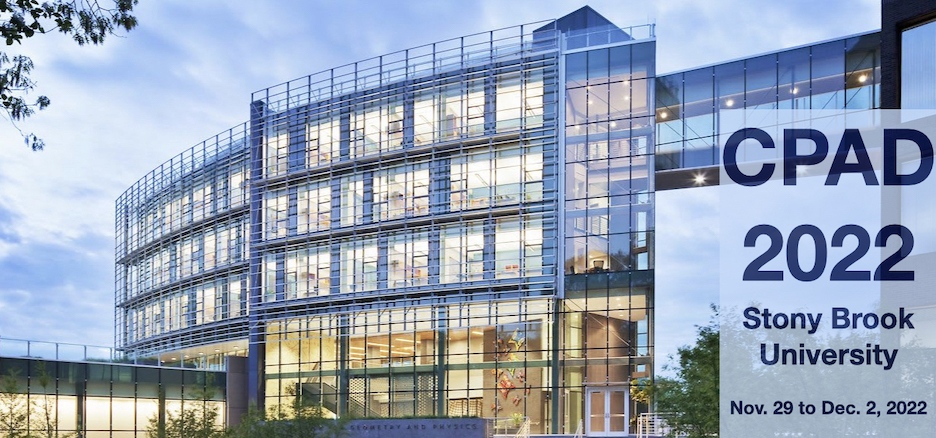Speaker
Description
Modern high energy and nuclear physics experiments generate massive (and steadily increasing) amounts of real-time data, much of which cannot be acquired and processed online and is thus discarded using a variety of hardware triggering schemes. This situation is not optimal since the triggering logic is based on established signal models and may discard unexpected signals (some of which may have led to new scientific discoveries). As a result, there is a growing trend towards trigger-less or “streaming” data acquisition (DAQ) schemes in which the hardware triggers are replaced by online feature extraction and machine learning (ML) algorithms. Hardware-level feature extraction from detected signals (also known as waveform processing) is an essential component of such streaming DAQ architectures since it allows real-time data rates to be greatly reduced while preserving the signal’s information content. However, implementing these algorithms in hardware is challenging due to the limited power and area budget of the front-end ASICs used for signal conditioning and digitization of the detected signals.
Extracting high-level features from waveforms is a data fitting problem that can be solved by numerically minimizing a suitable cost function, which often includes a regularization term to ensure numerical stability. However, general-purpose nonlinear function minimization methods, such as gradient descent algorithms or artificial neural networks (ANNs), are too computationally expensive for integration within multi-channel front-end ASICs. On the other hand, traditional linear filtering methods such as deconvolution are not suitable for robust feature extraction in the presence of noise. This talk will describe non-linear recursive digital filtering (NRF) as a computationally efficient yet high performance alternative to established methods for real-time on-chip waveform processing. NRF reduces computational complexity by exploiting prior knowledge of signal shapes (e.g., pulses generated by high energy photons) to generate non-linear inverse functions can then be used to obtain features from a small number of successive samples. In addition, it enables signal shapes estimated from earlier samples to be recursively subtracted from the current set of samples, thus minimizing the effects of near-simultaneous signal arrivals (also known as pulse pile up) on spectroscopy at high count rates. The talk will also describe hardware-efficient implementations of NRF based on transversal filter structures that are analogous to those used to implement traditional finite impulse response (FIR) digital filters. The performance of these nonlinear filters will be evaluated on waveforms generated by state-of-the-art multi-channel front-end ASICs.

